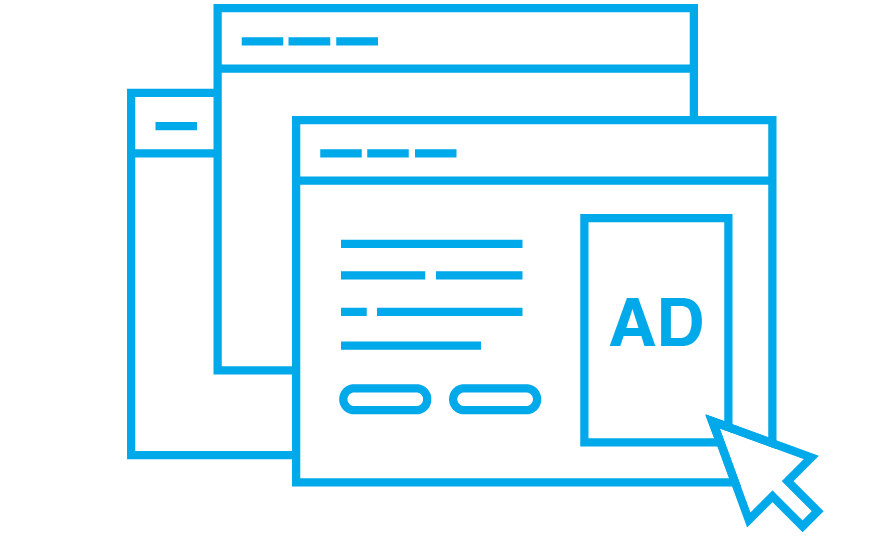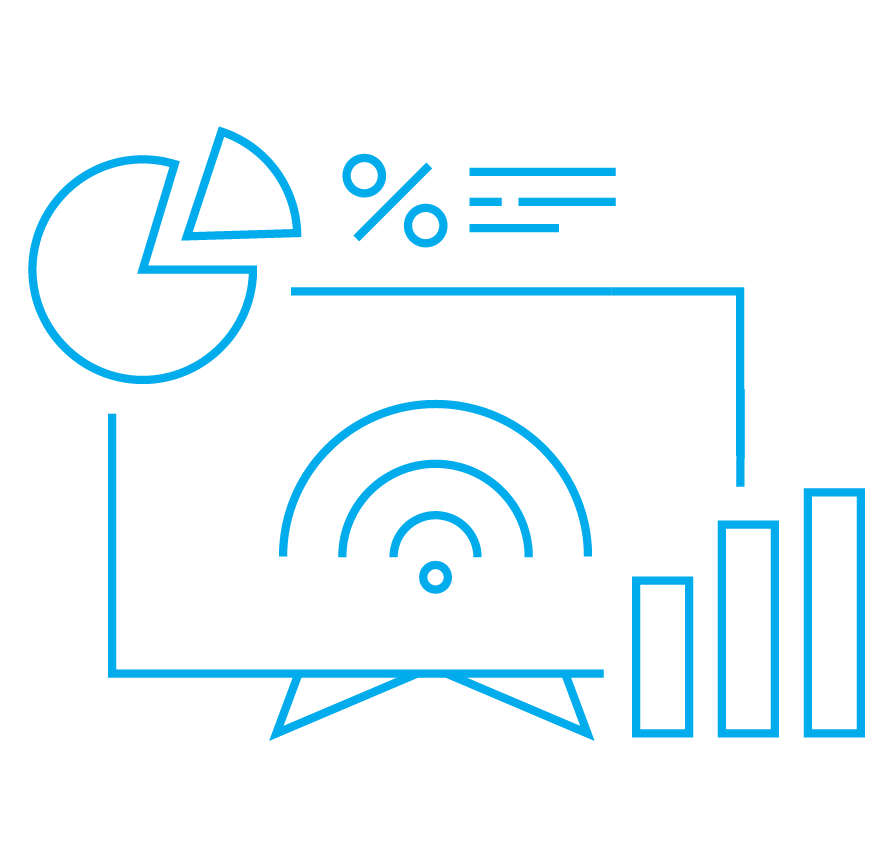- What to start with?
- Where to get data from?
- Analyze your campaign results
- Go beyond your product
71% of online users feel frustrated when they see irrelevant marketing messages, and even 63% of them will rather drop the brands that build a poor personalized campaign, Forbes reports. People pay for personalized experiences, they appreciate custom service because it testifies a business owner who cares about his customer’s satisfaction.
89% of digital businesses invest in personalization – this is an ongoing tendency that will be in fashion long years after. A personalized campaign allows building a long-term relationship with benefits for both sides of the deal. For the customers – it’s a perfect product to buy, for the companies – increased revenue together.
What to start with?
Short answer: start with data. In order to avoid sending bulk offerings to your customers, arm up with actual knowledge about them so that your offer is highly customized. Start with gathering 1st party data about your target audience – include basic characteristics of the customers, whom you deliver your services to. What is their age range, gender? Any data that identifies your target user is initial here.
For the purpose of extension of your potential customers’ network, you might need the 2nd party data from your partner, for example, in terms of the barter agreement. Want to know the difference between existing types of data? Check them gathered by us in an article 1st party data vs 2nd party data vs 3rd party data.
Last but not least, fill the blanks with 3rd party audience data that describes the online behavior of your target group. Audience data allows the marketers to get to know their customers better, therefore build an efficient targeting strategy. This data delivers to you combined characteristics about your target customers, e.g. what they have in common as well as what stands them out from the rest of internet users.
As an example, audience data delivers the information, who is an automotive enthusiast and who loves dogs, what are the customers’ actions outside of your domain, do they really have an intention to buy, or just read about it. Find out how to read audience data to understand target audience behavior and use it effectively for the future personalized campaign.
It’s also important to identify the most suitable ad channel for your targeting campaign. Desktop or mobile, or both – they could be your potential source for revenue, depending on the target audience and the actual service or product, you place the ad for.
Where to get data from?
Technically speaking, audience data comes out of a cookie file or MAID (in case of the mobile audience), which stands for information under protection by the European and Californian data privacy laws.
The customer, whom data belongs to, gives the consent for data gathering and processing. Because the user is allowed to withdraw the given consent anytime, the marketers should rather rely on an up-to-date data stream. This data has to be delivered by the data provider, which has adapted internal processes in terms of the privacy policy.
In OnAudience.com we offer only non-personally identifiable information. The data is stored and processed on our DMP OnAudience.com. Thus we confirm that OnAudience data is GDPR-friendly. Also, the quality of our data segments is verified by an independent market standard – Nielsen Digital Ad Ratings.
Analyze your campaign results
It’s also important to analyze your customer behavior in order to optimize your targeting campaign. Good behavioral reports deliver combined and detailed insights about your target audience interests, current intentions, buying preferences based on the customer journey. This way you can take optimization actions in order to deliver the most tailored and effective marketing content. Check our case study to see campaign results in practice: Case Study: DMP for one of the largest mountain resorts in CEE region
Go beyond your product
Consider adding a context to your personalized campaign. We all know the marketer-consumer relationship, which is based on selling-buying, but you will win more if you go beyond just selling product. For example, delivering ads to a particular country, check the current situation in there to involve empathy in your marketing message. This perfectly applies to the long-term relationship with the client, as well as on final revenue.




